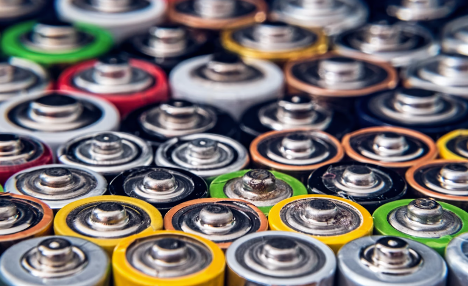
Prismatic VS Cylindrical Cells: Appearances & Acting & Applications
On the market, there are two common lithium-ion batteries: cylindrical cells and prismatic cells. Each type has unique characteristics and is used in various applications with different industry requirements for size, shape, energy density, and performance. The following content will help you learn about these when comparing prismatic vs cylindrical cells. Let’s dive in! Prismatic VS Cylindrical Cells in Appearance Both cells serve different purposes, so their appearance is also different in shape and size. Features Prismatic Cells Cylindrical Cells Shape Rectangular or square Always in Cylindrical Size Varied, but always with larger footprints and thinner Standardized sizes, like 18650 and 21700 Construction Encased in hard or soft shell by plastic or metal Encased in metal outer layer with safety vent Terminals Flat terminals or tabs on one or both sides Positive terminal on top, negative terminal on bottom Prismatic VS Cylindrical Cell in Performance 1. Density Both cells have different energy densities. Talking specifically, here are the details on density comparison on prismatic VS cylindrical cells: Prismatic Cells: Prismatic cells have a larger size, allowing them to contain more energy per cell compared to cylindrical cells. A single prismatic cell can hold the same amount of energy as 20 to 100 cylindrical cells[1]. This higher energy density makes prismatic cells suitable for energy-intensive applications. Cylindrical Cells: Cylindrical cells are smaller in size compared to prismatic cells. While they may store less energy per cell, they have a higher power output. Cylindrical cells can discharge their energy faster than prismatic cells due to having more connections per amp-hour[1]. This makes cylindrical cells ideal for high-performance applications 2. Longevity Prismatic Cells: Typically, a prismatic cell can sustain about 2,000 charge-discharge cycles[2] before its capacity begins to significantly degrade. However, the real advantage of prismatic cells becomes apparent when they are assembled










